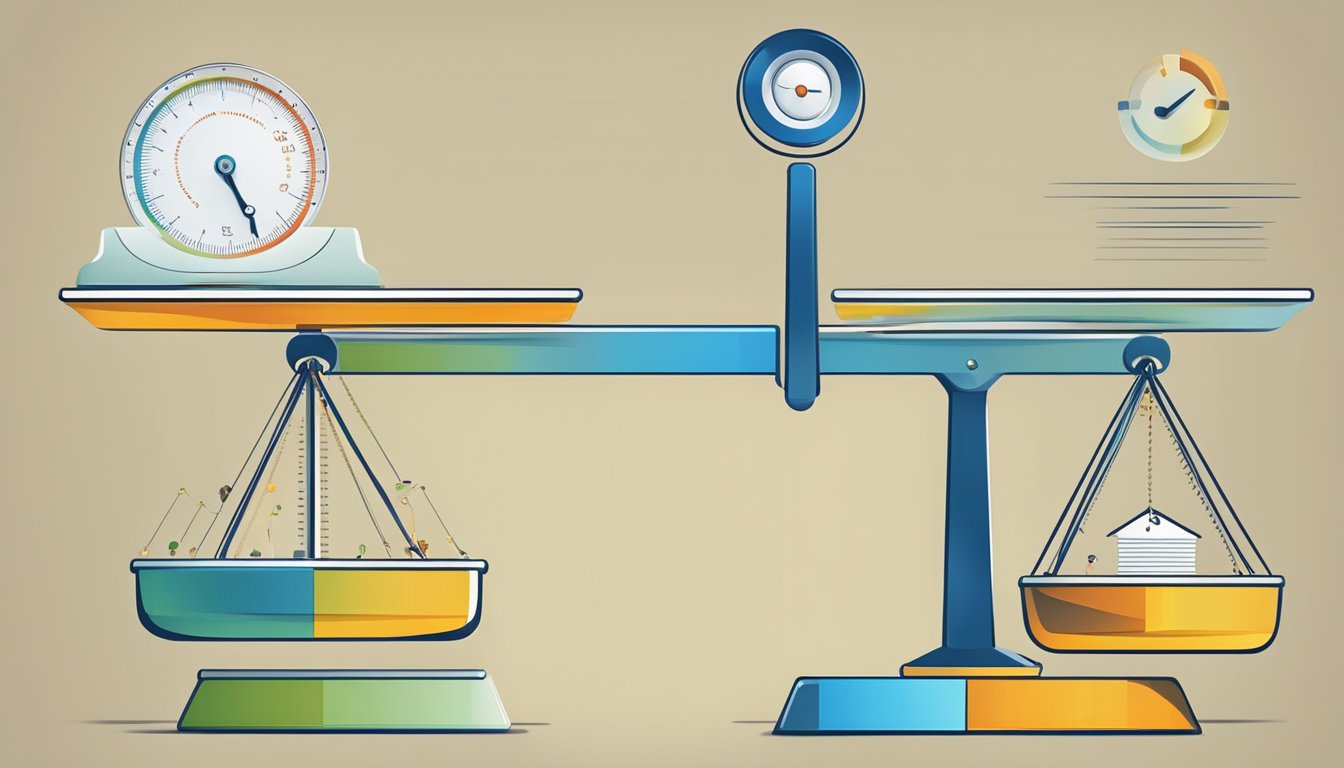Understanding Claims-Made Policies

A claims-made policy provides coverage when a claim is made during the policy period.
This means the policy must be active both when the incident occurs and when the claim is filed.
These policies are common in professional liability insurance, offering protection against legal and financial risks arising from services rendered.
Claims-made policies cover incidents reported within the policy period, regardless of when they occurred.
Key Features of Claims-Made Policies
- Occurrence Policy: In contrast to claims-made, an occurrence policy covers incidents that happen during the policy period, even if the claim is made after the policy has expired.
- Retroactive Date: This date is crucial for claims-made policies. It defines the earliest point from which claims can be covered. Incidents before this date are not covered.
Coverage and Limitations
- Legal Defense: These policies pay for legal defense costs, up to the policy limits.
- Indemnity Payments: They also cover settlements or judgments against the insured, again within policy limits.
- Extended Reporting Period: Sometimes, policies offer an extended period to report claims after the policy expires or is canceled.
Claims-made policies are especially useful for businesses that face potential delays between an incident and when the claim is filed.
This can include fields like medical malpractice and other general liability claims.
In the insurance industry, understanding whether a claims-made policy or an occurrence policy suits your needs is vital.
Occurrence policies can be beneficial as they provide long-term protection for past incidents, but may be more expensive.
Applying Claims Made Definition in Practice
When applying the claims-made definition, it is important to understand its role in different types of business insurance.
General Liability and Professional Liability
A general liability policy often uses an occurrence form, covering incidents that happen during the policy period.
Professional liability insurance typically uses claims-made coverage, meaning the claim is covered if both the incident and the claim occur during the policy period.
Employment Practices and Directors & Officers
Employment practices liability and directors and officers insurance often use claims-made policies.
This structure helps manage risks by covering claims reported during the policy period, regardless of when the incident occurred.
Handling Claims with Claims-Made Coverage
You must report a claim within the policy period for it to be covered.
Policies may also include an extended reporting period, allowing claims to be reported shortly after the policy ends.
Insurance Company Practices
Insurance companies carefully calculate premiums for claims-made policies.
They account for claims reported within the policy period and potential profit or loss soon after policy expiration.
Common Scenarios
Consider a scenario where an accident causing injury happens during the policy period, but the claim is made after the period ends.
This situation emphasizes the need for clear claim filing procedures and understanding claims-made terms.
Advantages and Considerations
The main advantage of claims-made coverage is its cost-effectiveness due to predictable risk management.
It is crucial for businesses to evaluate their specific needs and choose the right liability policies—whether professional or general—to ensure adequate damage coverage.
In business insurance, applying claims-made coverage in practice requires careful consideration, planning, and a thorough understanding of your policy terms.
This helps manage potential claims efficiently and aligns with your business’s risk management strategies.
Complementary Terms and Concepts

When dealing with insurance, it’s important to understand various terms and concepts that frequently come up.
Claims-Made and Reported Policy: This type of policy provides coverage only if the claim is made and reported during the policy period or an extended reporting period.
This is often referred to as tail coverage.
Occurrence Insurance Policy: Unlike claims-made policies, these cover incidents that occur during the policy term, regardless of when the claim is reported.
This can help avoid a coverage gap.
Prior Acts Coverage: This benefit extends the policy’s protection to incidents that happened before the policy’s start date.
It ensures you’re covered for previous events not known at the time of getting the policy.
Tail Coverage: This extends the time you can report a claim after the policy expires.
It’s crucial when ending or changing policies to ensure there’s no gap in protection.
Reporting Requirements: These dictate how and when a claim must be reported to your insurer.
Delays can lead to denied claims, particularly in claims-made policies.
Employees and Defend: Employers must defend their employees against claims made during their active policies.
Some policies include defense costs within the overall coverage limits.
Policyholder: You, as a policyholder, have specific responsibilities and benefits.
Understanding your insurance claims helps manage risk and ensures adequate protection.
Claims Event: This is the actual incident that gives rise to a claim.
Knowing when and how to report these events is vital to ensuring your coverage works as intended.
To navigate these terms, always review your policy details and consult with your insurer to prevent misunderstandings and ensure you have the right coverage for your needs.






